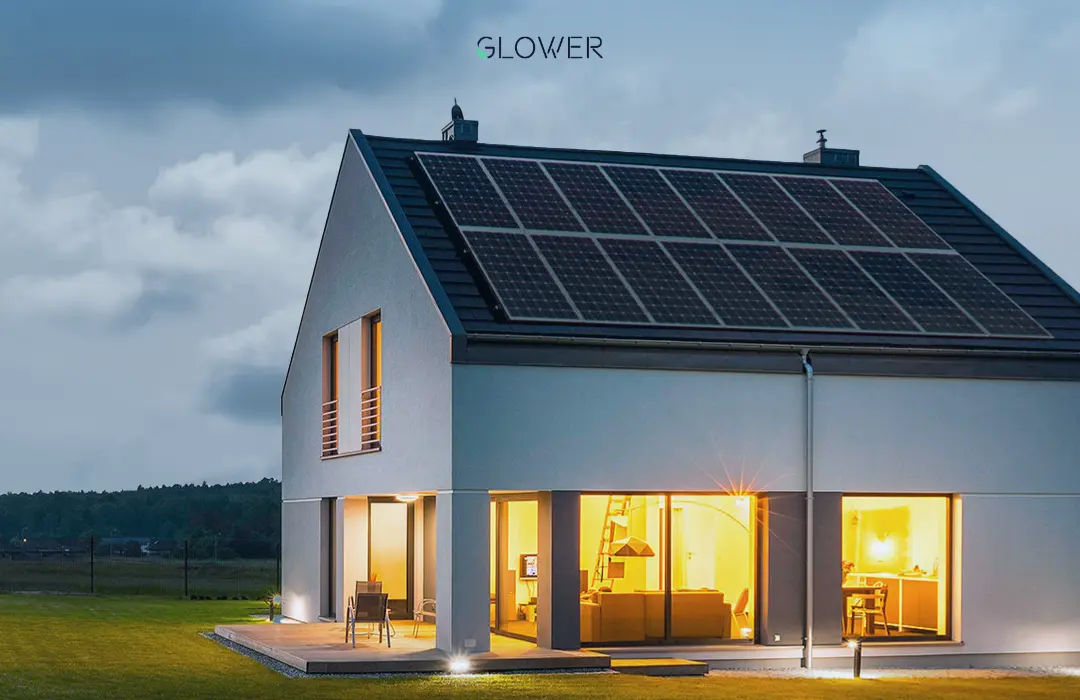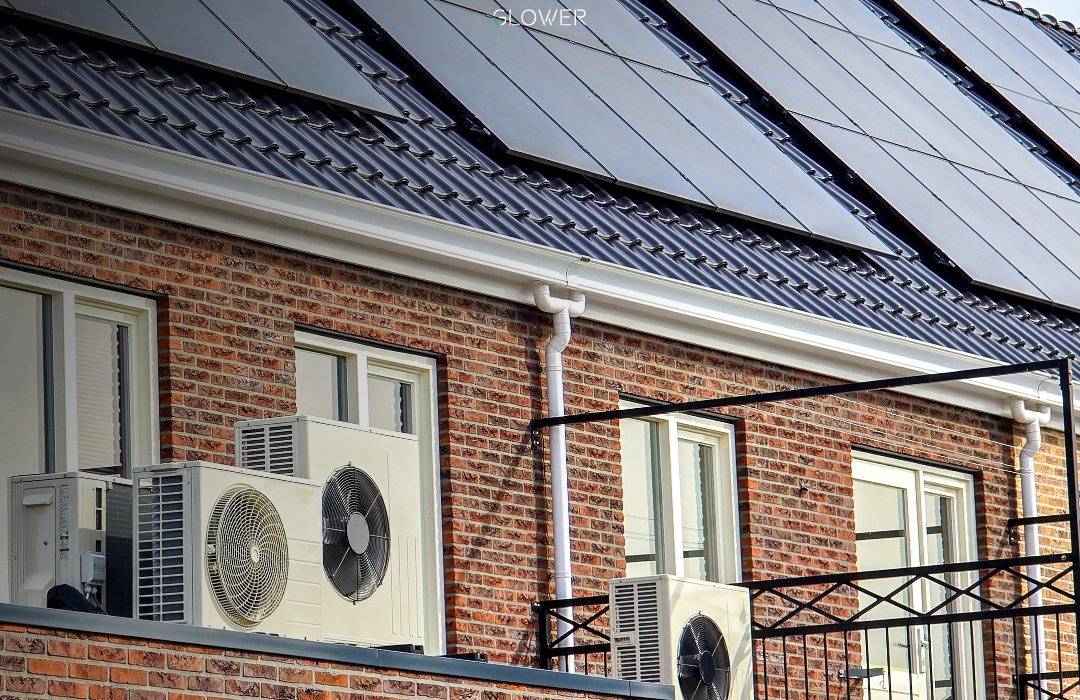In August 2025, Glower helped reduce 2,721 tonnes of CO₂ across Victoria thanks to the solar panels and solar batteries installed in local homes. That’s the equivalent of planting around 122,400 trees or taking about 590 cars off the road for an entire year.
Moreover, when we look at the bigger picture, from January to August 2025, Glower’s installations have already helped Victorians avoid 52,510 tonnes of CO₂ emissions. This total includes solar, hot water systems, and efficient air conditioning, all contributing to a cleaner, more sustainable future.
How much CO₂ do solar panels save per year in a typical Victorian home?
A standard rooftop solar system in Victoria reduces 3 – 4 tonnes of CO₂ per year, which is equal to planting more than 100 trees annually. Over time, its 25-year lifespan, one solar system can offset 80 tonnes of emissions – making solar panels one of the most effective household tools to fight climate change.
What is the carbon footprint of solar vs coal and gas?
Not all electricity is created equal.
⚡ Solar panels generate electricity with a lifecycle footprint of only –41 g CO₂ per kWh.
⚡ Natural gas produces nearly 490 g CO₂ per kWh.
⚡ Coal is even higher, at over 820 g CO₂ per kWh.
As a result, solar energy can be up to 20 times cleaner than coal, and more than 10 times cleaner than gas.

How long does it take for solar panels to offset their carbon footprint?
While manufacturing solar panels does create emissions, most panels repay their “carbon debt” in just 2 – 3 years. In fact, in sunny states like Victoria, the payback can be even faster – sometimes just 1 – 2 years. After that, every kilowatt-hour produced is a net reduction in CO₂.
Do solar batteries reduce carbon emissions?
Yes. Solar batteries store excess daytime energy, which households can then use at night instead of relying on the fossil-fuel grid. Therefore, by maximising the use of clean energy, batteries help further cut CO₂ emissions.
How much more CO₂ can I save by adding a solar battery?
Adding a battery can double or even triple your CO₂ savings. In other words, homes with solar plus battery storage can reach 80 – 90% energy independence, dramatically lowering reliance on the grid and reducing their overall carbon footprint.

Why do solar panels and batteries together reduce more CO₂?
⚡️ Panels generate clean power during the day.
⚡️ Batteries store the surplus for nighttime use.
Together, this means they maximise self-consumption and minimise reliance on grid electricity, which in Victoria is still largely powered by coal and gas.
Why is reducing CO₂ in Victoria so important right now?
Victoria has committed to achieving net zero emissions by 2045. Every tonne of CO₂ saved through solar, batteries, and energy-efficient systems helps the state move closer to this ambitious target while cutting dependence on fossil fuels.
How is CO₂ reduction calculated for solar + battery systems?
At Glower, we use official emission factors and government data to ensure accuracy. The calculation is based on:
1️⃣ Total kWh generated by solar panels.
2️⃣ Total kWh stored and used via batteries.
3️⃣ Applying emission factors from sources such as the Clean Energy Regulator and Energy Victoria.
This transparent approach ensures credible, verifiable results.
How many trees equal the CO₂ saved in August 2025?
Every tonne of CO₂ avoided equals about 45 – 50 trees planted. Consequently, Glower’s 2,721 tonnes reduced in August is equivalent to planting over 122,000 trees, a forest of climate impact, month after month.
Do hot water systems and efficient air conditioning also reduce CO₂?
Yes. While solar is the most visible part of the energy transition, Glower also installs heat pump hot water systems and energy-efficient air conditioners that contribute to lower emissions.
In August alone, these technologies helped Victorians reduce an additional 2,529 tonnes of CO₂. Combined with solar, Glower’s total contribution in August was 5,250 tonnes of CO₂ avoided.
How can households start reducing CO₂ today?
⚡️ Install rooftop solar panels.
⚡️ Add a battery to maximise your clean energy use.
⚡️ Choose energy-efficient appliances.
Every household action counts, and when multiplied across Victoria, the impact is enormous.
🌱 Take action with Glower
Curious about your own home’s potential?
👉 Calculate your personal CO₂ savings and see how much you can reduce with Glower.





